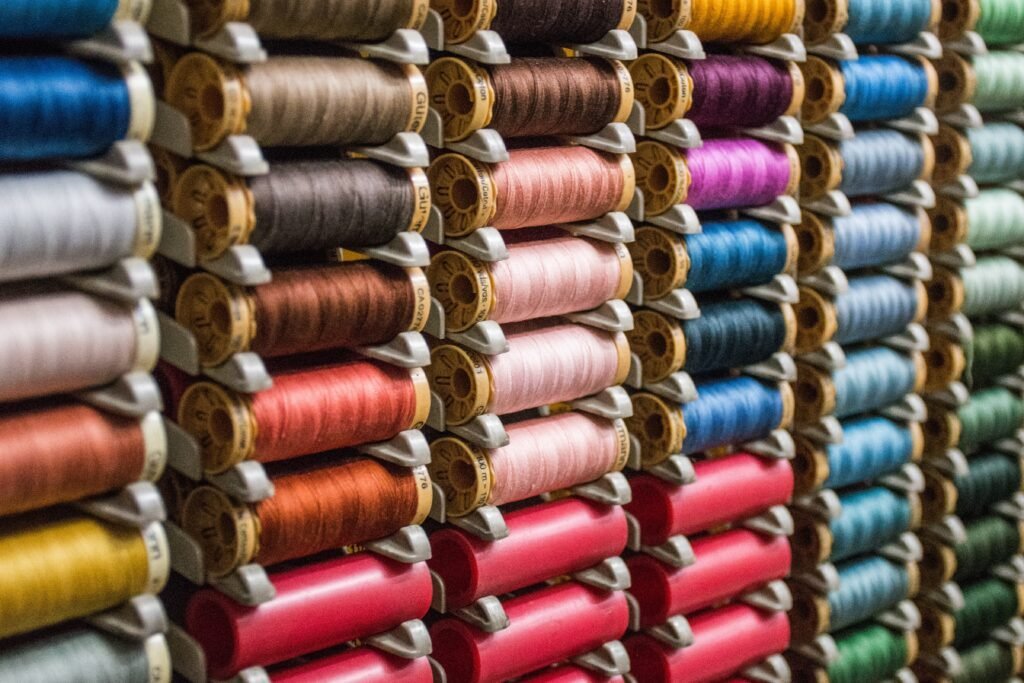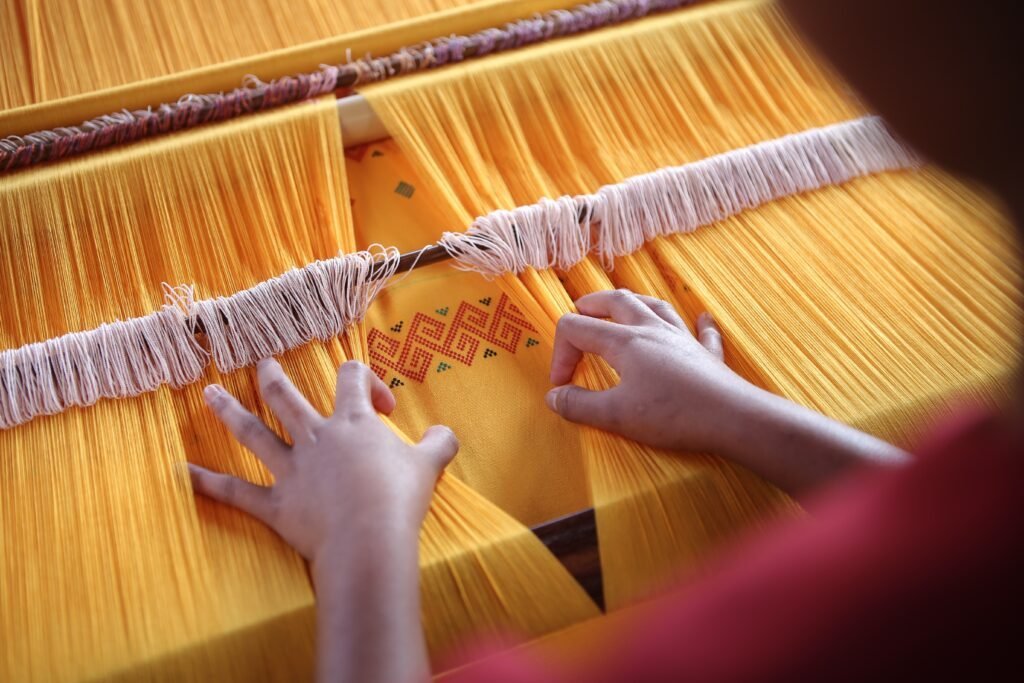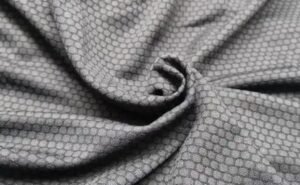Textiles stand as the silent architects behind the vibrant tapestry of the fashion industry. Beyond being mere fabric, textiles form the very foundation upon which the entire apparel realm is constructed. Innovation serves as the lifeblood that keeps the heart of the apparel industry beating with vitality. The introduction of novel ideas and cutting-edge technologies has been instrumental in not only sustaining the industry but also propelling it forward into new and uncharted territories. From advanced manufacturing processes to sustainable materials, innovation has become synonymous with progress in modern apparel.

The textile industry, with its roots deeply embedded in the annals of human history, has undergone a profound metamorphosis over the years. Traditional textile manufacturing processes form the historical backbone of this industry, weaving together craftsmanship and cultural heritage. From the cultivation of raw materials like cotton and flax to the intricate processes of spinning, weaving, and dyeing, these time-honored methods have shaped the fabric of our daily lives. However, in the contemporary era, the textile industry stands at a crossroads, grappling with multifaceted challenges that demand innovative solutions.
In the ever-evolving landscape of the textile industry, emerging technologies are reshaping the way we perceive and interact with fabrics.
1. Intelligent Fabrics and Wearable Technology
In the ever-evolving landscape of textiles, the integration of smart fabrics and wearable technology stands as a revolutionary frontier. This paradigm shift emphasizes the seamless incorporation of cutting-edge technologies to elevate the functionality of traditional textiles, blurring the lines between fashion and innovation.
One notable aspect of this integration is the incorporation of intelligent fabrics that go beyond mere aesthetics. Smart fabrics encompass a spectrum of innovations, ranging from those embedded with sensors to those interwoven with conductive threads. These fabrics have the ability to respond dynamically to external stimuli, opening up possibilities for interactive and adaptive clothing.
For instance, garments woven with conductive threads can transform into interactive interfaces, allowing users to control electronic devices with a simple touch. On the other hand, sensor-laden fabrics can monitor various physiological parameters, providing valuable insights into the wearer’s health and well-being. This fusion of textiles and technology not only redefines the capabilities of clothing but also sparks creativity in fashion design. The synergy of aesthetics and functionality propels the industry into a realm where clothing becomes an interactive extension of the individual.
2. Sustainable Textile Materials

In the realm of textiles, the concept of sustainability has emerged as a driving force, reshaping the industry’s landscape. Embracing environmentally friendly materials and processes is not merely a trend but a necessary shift toward a more responsible and eco-conscious future.
Recycled fibers stand out as a promising avenue in sustainable textile materials. By repurposing post-consumer waste and industrial by-products, these fibers reduce the environmental impact associated with conventional textile production. From PET bottles transformed into polyester to discarded textiles turned into new yarns, the potential for innovation is vast.
Organic cotton represents another crucial player in the sustainable textile narrative. Grown without synthetic pesticides or fertilizers, organic cotton minimizes harm to the environment and promotes healthier farming practices. This shift to organic cultivation supports biodiversity, reduces water consumption, and safeguards the well-being of agricultural communities.
Exploring sustainable alternatives goes beyond fibers, encompassing innovative processes like waterless dyeing and closed-loop manufacturing. Water scarcity and pollution are critical concerns in traditional textile practices, making these eco-friendly processes invaluable in mitigating the industry’s ecological footprint.
3. 3D Printing in Textile Design
The advent of 3D printing has ushered in a transformative era in textile manufacturing, revolutionizing traditional methods and opening new frontiers of creativity. This cutting-edge technology holds the potential to redefine the entire textile design process.
In textile manufacturing, 3D printing introduces a paradigm shift by enabling intricate and customizable designs that were once unimaginable through conventional methods. The layer-by-layer additive manufacturing technique empowers designers to craft intricate patterns, textures, and structures, pushing the boundaries of textile aesthetics.
One of the most significant impacts of 3D printing lies in the realm of personalization. This technology allows for the creation of bespoke textiles tailored to individual preferences and requirements. From personalized apparel to custom-designed home textiles, 3D printing offers a level of personalization that aligns seamlessly with the demands of the modern consumer.
Beyond personalization, 3D printing contributes substantially to waste reduction in textile manufacturing. Traditional methods often generate significant material waste during the production process. In contrast, 3D printing is an additive process, utilizing materials with precision and minimizing excess waste. This aligns with the growing emphasis on sustainability in the textile industry, addressing environmental concerns associated with conventional manufacturing practices.
4. Advanced Fiber Technologies
In the realm of textile innovation, the emergence of high-performance fibers, such as graphene and aerogels, represents a significant leap forward. These cutting-edge materials are redefining the possibilities for textile applications, offering unparalleled properties that contribute to the development of lightweight, durable, and technologically advanced textiles.
Graphene, a single layer of carbon atoms arranged in a hexagonal lattice, stands out as a remarkable high-performance fiber. Renowned for its exceptional strength, flexibility, and conductivity, graphene fibers have the potential to revolutionize various industries, including textiles. When incorporated into fabrics, graphene enhances their mechanical strength, imparts electrical conductivity, and ensures flexibility, resulting in textiles that are not only robust but also possess unique functionalities.
Aerogels, on the other hand, are ultra-light materials with remarkable thermal insulation properties. When transformed into fibers, aerogels contribute to textiles with exceptional insulation capabilities, making them ideal for applications in extreme temperatures. The lightweight nature of aerogel fibers adds to the comfort of textiles, making them suitable for diverse uses ranging from outdoor gear to aerospace applications.
The integration of these advanced fibers into textiles goes beyond enhancing physical properties. Graphene-infused fabrics can enable the development of smart textiles with capabilities such as temperature regulation or even the integration of electronic components. Aerogel fibers, with their insulating properties, provide an avenue for creating textiles that balance comfort and functionality in various environments.
In conclusion, the role of textile innovation in modern apparel is undeniably transformative, steering the industry toward a future where fashion seamlessly converges with cutting-edge technology and sustainable practices. The evolution of textiles from traditional craftsmanship to the integration of intelligent fabrics, sustainable materials, 3D printing, and advanced fiber technologies reflects not only a progression in aesthetics and functionality but also a commitment to addressing the challenges of our time.







